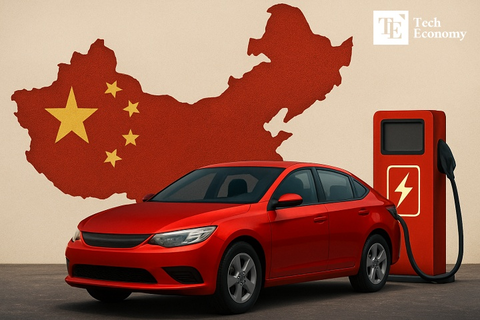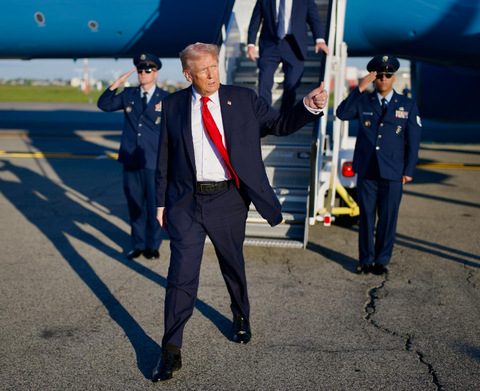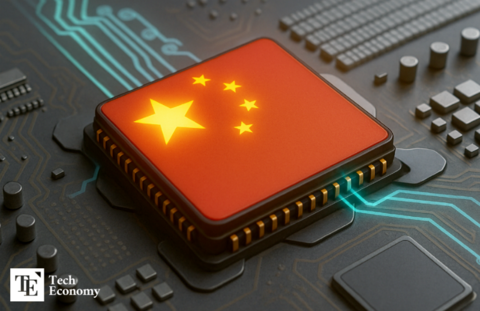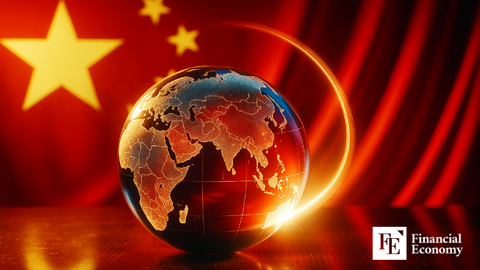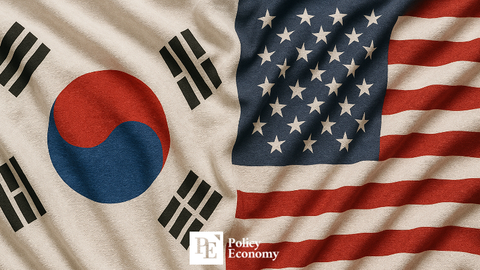“No Nuclear Equipment Exports to China”: U.S. Puts the Brakes on China’s Nuclear Power Ambitions
Input
Changed
U.S. Suspends Nuclear Equipment Export Licenses to China Will China’s Nuclear Industry Development Plans Be Disrupted? Southeast Asia Emerges as a Dark Horse in the Global Nuclear Market
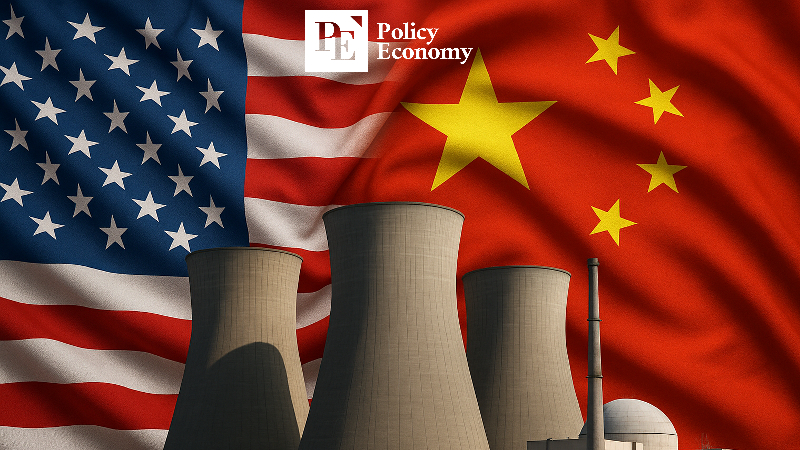
In a sharp escalation of strategic tensions between the United States and China, Washington has decided to halt the export of nuclear power equipment to Beijing. This latest move goes far beyond tariffs—it strikes at the core of a sector crucial to China's long-term energy and geopolitical goals. The decision underscores how the once trade-focused U.S.-China conflict has evolved into a full-spectrum competition over critical technologies, industrial supply chains, and national security.
For China, the blow is especially damaging. The nation has been investing heavily in nuclear energy, not only to address its massive carbon emissions but also to position itself as a global leader in advanced power generation. The suspension of U.S. exports threatens to disrupt key components in China's reactor development pipeline—casting doubt over whether Beijing can maintain the momentum it has worked so hard to build. Meanwhile, as China's ambitions hit a snag, a new player is quietly stepping into the spotlight: Southeast Asia.
U.S. Strengthens Export Sanctions Against China
According to a report by Reuters on June 6, the U.S. Department of Commerce recently informed American nuclear equipment manufacturers that export licenses for shipments to China have been suspended. This directive directly impacts companies such as Westinghouse and Emerson—industry giants that supply essential components for nuclear power plant operations. The financial fallout is projected to reach several hundred million dollars, underscoring just how integral China has become to the global nuclear supply chain.
The timing of the decision is notable. It follows high-level trade talks held in Geneva between June 10 and 11, where the U.S. and China had agreed in principle to gradually ease tariffs and dismantle non-tariff barriers—a tentative step toward resolving long-standing economic disputes. However, those fragile gains quickly unraveled amid a new flare-up: the issue of China’s export restrictions on rare earth minerals. The United States accused China of failing to lift key restrictions, a violation of the Geneva spirit. China, in turn, denied the claims and countered by criticizing U.S. export controls and visa cancellations for Chinese students.
Against this backdrop of deepening distrust, the U.S. Department of Commerce on May 28 announced it would "reassess exports to China of strategically important products." As part of this reassessment, Washington made clear it would either suspend existing export licenses or impose additional restrictions during the review period. Nuclear power equipment was only the beginning. In the past two weeks alone, the U.S. has expanded export restrictions to other high-value industrial sectors, including hydraulic fluids and jet engines—signaling a broader campaign to curb China's technological advancement.
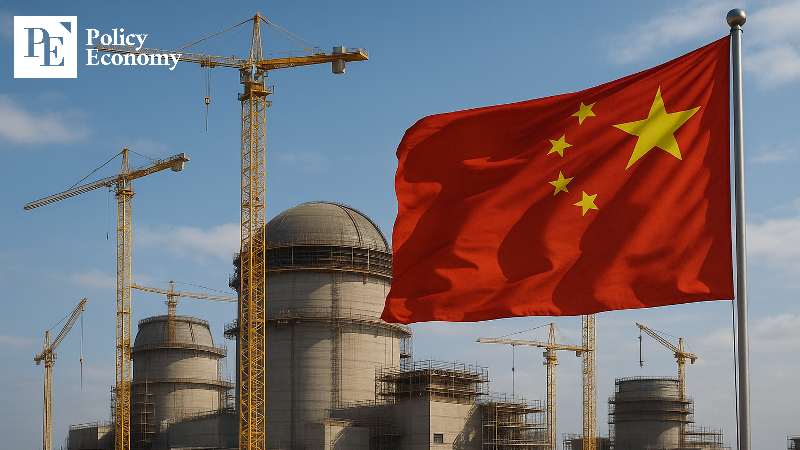
China’s Push for Nuclear Power Faces U.S. Sanctions
The U.S. export freeze poses a serious threat to China's nuclear strategy—one that Beijing has cultivated as a centerpiece of its energy transition and industrial modernization. China is currently leading the world in nuclear reactor construction. The expansion is part of its ambitious “dual carbon” (双碳) policy, first announced by President Xi Jinping at the UN General Assembly in September 2020. The goal: peak carbon emissions by 2030 and achieve carbon neutrality by 2060.
To achieve this, the Chinese government has pursued a bold, state-led expansion of nuclear energy. In August 2023, China’s State Council—its highest executive body—approved the construction of 11 new nuclear power units across five key provinces: Jiangsu, Guangdong, and three others. It was the largest number of approvals issued in a single year. According to Chinese financial media outlet Jiemian News, the total investment in these projects is expected to exceed 220 billion yuan (about USD 30 billion), with each project taking roughly five years to complete.
China’s nuclear sector is now being positioned as both a domestic energy solution and an export-oriented industry. It is no longer a follower in the field—it aspires to lead. The 2025 China Nuclear Energy Development Report published by the China Nuclear Energy Association (CNEA) predicts that if current development continues, China’s total operational nuclear capacity will reach 110 million kilowatts by 2030. That figure would place China among—or even above—the world’s top nuclear energy producers.
However, this trajectory is now under threat. Many of the critical components and technologies used in China’s nuclear reactors rely, either directly or indirectly, on foreign suppliers—especially from the United States. The U.S. sanctions are expected to disrupt this delicate supply chain, potentially delaying construction timelines, increasing costs, and limiting access to essential technologies. For a country that has made nuclear power central to its environmental and economic future, the ripple effects could be profound.
Southeast Asia Emerging as a New Nuclear Powerhouse Backed by Data Center Demand
While China recalibrates its strategy in the face of tightening restrictions, Southeast Asia is quietly positioning itself as the next major growth zone for nuclear energy. Several countries in the region are revisiting shelved plans for nuclear development—driven not only by energy needs but also by the rising power demands of digital infrastructure, especially data centers.
Vietnam is a case in point. The country approved plans for two nuclear reactors in 2009 and had aimed to build 14 by 2030. But after the 2011 Fukushima disaster in Japan heightened safety concerns worldwide, Vietnam scrapped its nuclear program in 2016. In the years that followed, the country relied heavily on hydro and thermal energy. This dependence proved fragile. In the summer of 2023, extreme heat and drought caused a spike in electricity demand and a sharp drop in hydropower output. Blackouts followed, halting industrial production in parts of the country.
Recognizing the risks, Vietnam’s Communist Party Politburo made a landmark decision in November 2023 to resume nuclear power development. The Ministry of Industry and Trade, referencing the national Power Development Plan (PDP8), warned of severe capacity shortages between 2026 and 2030. PDP8, approved in May 2023, aims to double Vietnam’s power generation capacity from 80 GW in 2023 to at least 150 GW by 2030.
What’s fueling this urgency? Data. Massive power-hungry data centers are springing up across Southeast Asia as global tech giants race to tap into new digital markets. Microsoft has pledged USD 2.2 billion in investment for data center development in the region. Amazon is committing a staggering USD 11.2 billion. Google has already invested USD 9 billion, with another USD 1 billion planned. ByteDance, the parent company of TikTok, has announced an USD 8.8 billion investment in a new data center in Thailand over the next five years.
The implications are clear: Southeast Asia’s nuclear power ambitions are no longer theoretical. They are being catalyzed by a real and growing demand for stable, large-scale electricity, particularly from the booming digital economy. As China grapples with sanctions and strategic pushback, countries like Vietnam, Thailand, and others may find themselves well-positioned to fill the vacuum. In doing so, they could emerge as unexpected leaders in the next era of global nuclear power development.


